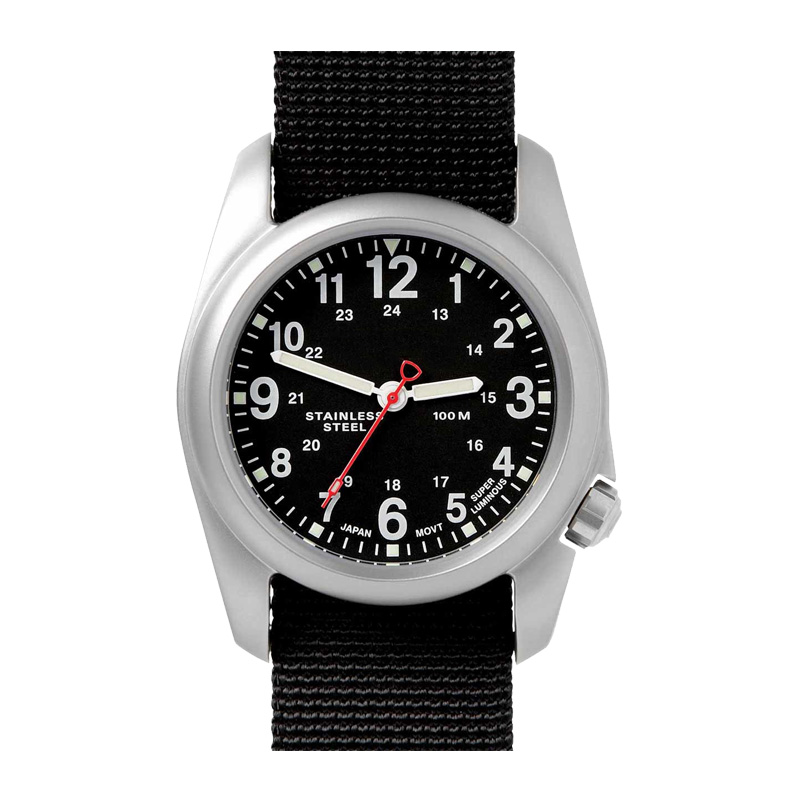
When it comes to diving, having a reliable watch is essential for ensuring safety and maximizing the overall experience. A diving watch is not just an accessory, but a critical piece of equipment that can help divers keep track of time underwater, manage decompression stops, and even serve as a backup for dive computer malfunctions. However, selecting the right diving watch can be a daunting task, with numerous factors to consider. In this article, we will explore the key factors that should be taken into account when choosing a diving watch.
A key factor to consider when selecting a diving watch is its water resistance. Water resistance ratings indicate the watch's ability to withstand various levels of water pressure. The depth rating, typically expressed in meters or feet, indicates how deep the watch can safely function without water ingress. It is important to note that the water resistance rating is not constant throughout the lifetime of the watch and can be affected by factors such as temperature and movement intensity. Therefore, it is recommended to choose a diving watch with a higher water resistance rating than one's planned diving activities.
Diving watches need to withstand the harsh underwater environment, including exposure to saltwater, pressure changes, and impacts. Therefore, durability and construction are crucial factors to consider. High-quality materials such as stainless steel, titanium, and synthetic ceramics are commonly used in diving watches due to their corrosion resistance and strength. Additionally, specialized construction methods, such as screw-down crowns, helium escape valves, and sapphire crystal displays, enhance the watch's durability and functionality underwater.
The bezel of a diving watch plays a crucial role in measuring elapsed time, calculating dive durations, and timing decompression stops. Unidirectional rotating bezels are preferred for diving watches as they ensure accidental rotation does not result in an overestimate of remaining dive time. Furthermore, a bezel with clear markings and adequate luminescence enhances legibility and ease of use in low-light underwater conditions.
Underwater environments often present poor lighting conditions, making legibility a vital consideration when selecting a diving watch. Luminescent features on watch hands, hour markers, and bezels greatly enhance visibility in low-light situations. Additionally, a high contrast between the watch's dial and indicators further improves readability, even in murky waters. It is recommended to opt for watches with long-lasting luminescent materials, such as Super-LumiNova, for sustained visibility during dives.
The strap of a diving watch should be comfortable, secure, and adjustable to accommodate different wrist sizes and the use of wetsuits. Commonly used strap materials include rubber, silicone, stainless steel, and nylon. Each material offers its own advantages, such as superior water resistance, durability, or flexibility. Additionally, an adjustable strap with a reliable buckle or clasp ensures a snug fit, preventing accidental loss of the watch during dives.
When it comes to diving watch selection, it is crucial to consider factors such as water resistance, durability and construction, bezel functionality, legibility in low-light conditions, and strap options. By carefully assessing these factors, divers can choose a watch that not only meets their specific diving needs but also ensures a safe and seamless submersion experience. Remember, investing in a high-quality diving watch is an investment in both safety and enjoyment of underwater adventures.
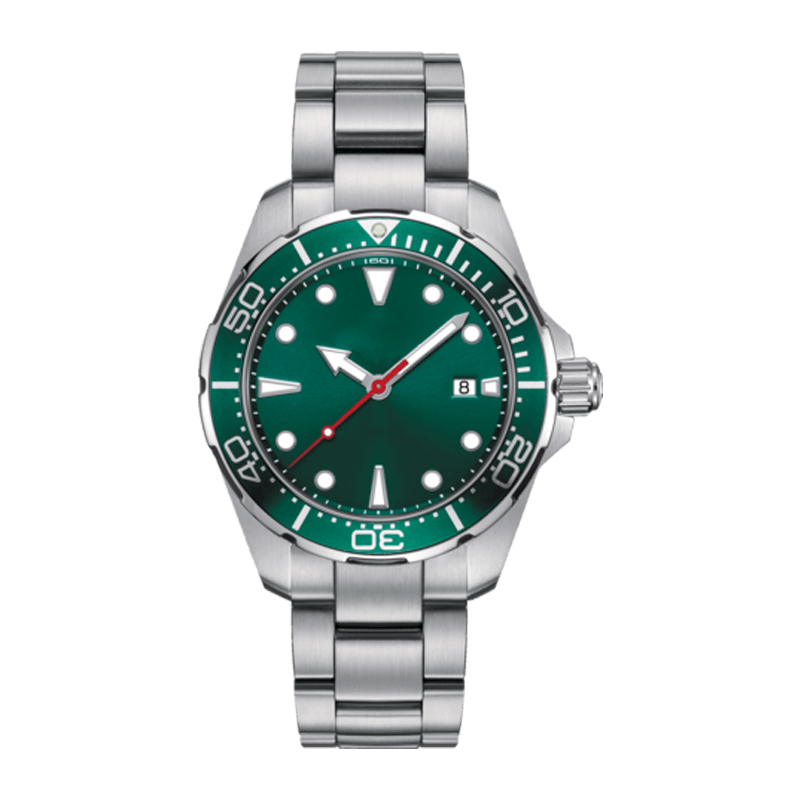 Tired of Leakage Issues? Can a Professio
Tired of Leakage Issues? Can a Professio
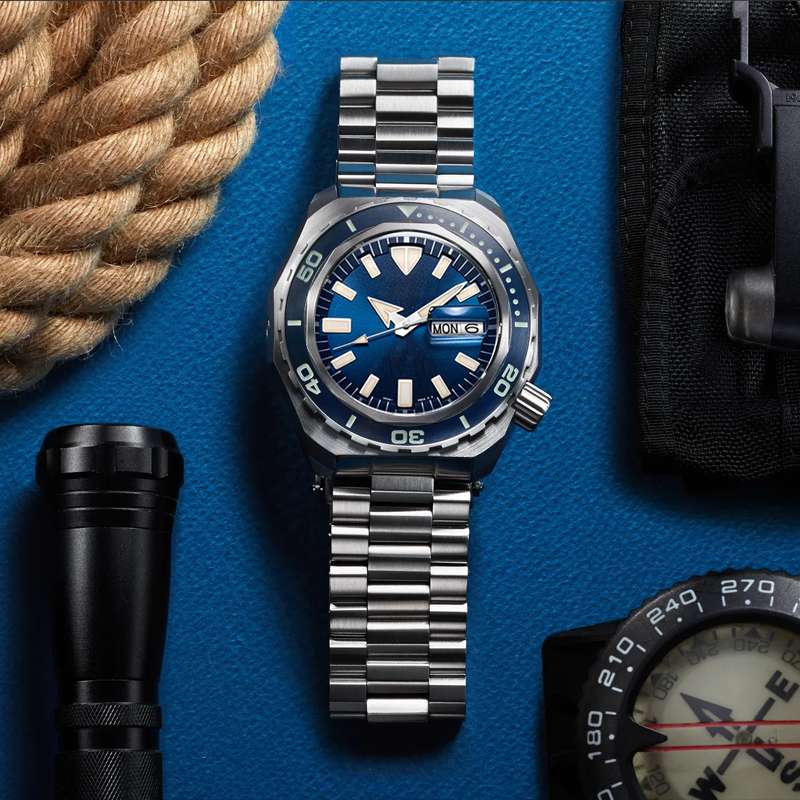 What Are the 5 Key Features to Inspect B
What Are the 5 Key Features to Inspect B
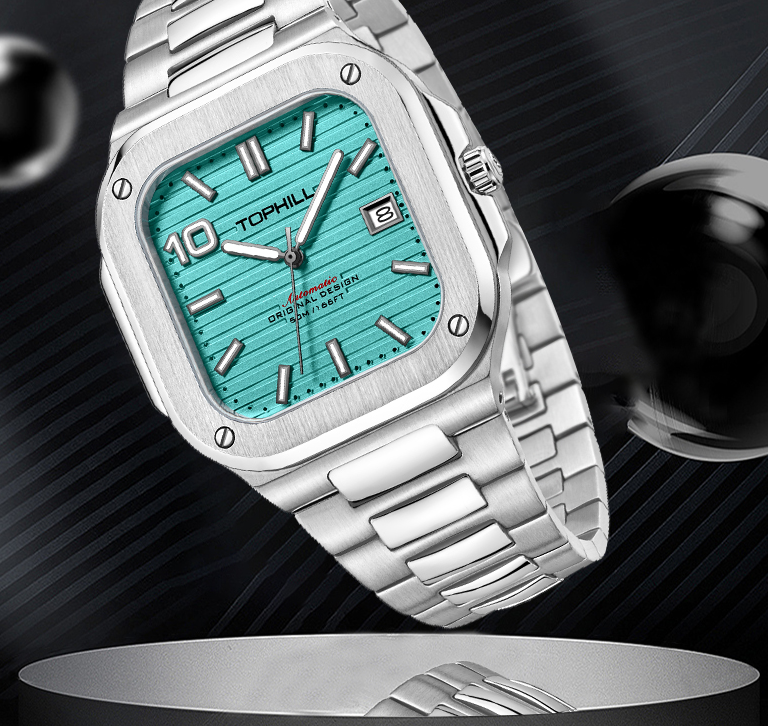 How to Clean Stainless Steel Bands: A De
How to Clean Stainless Steel Bands: A De
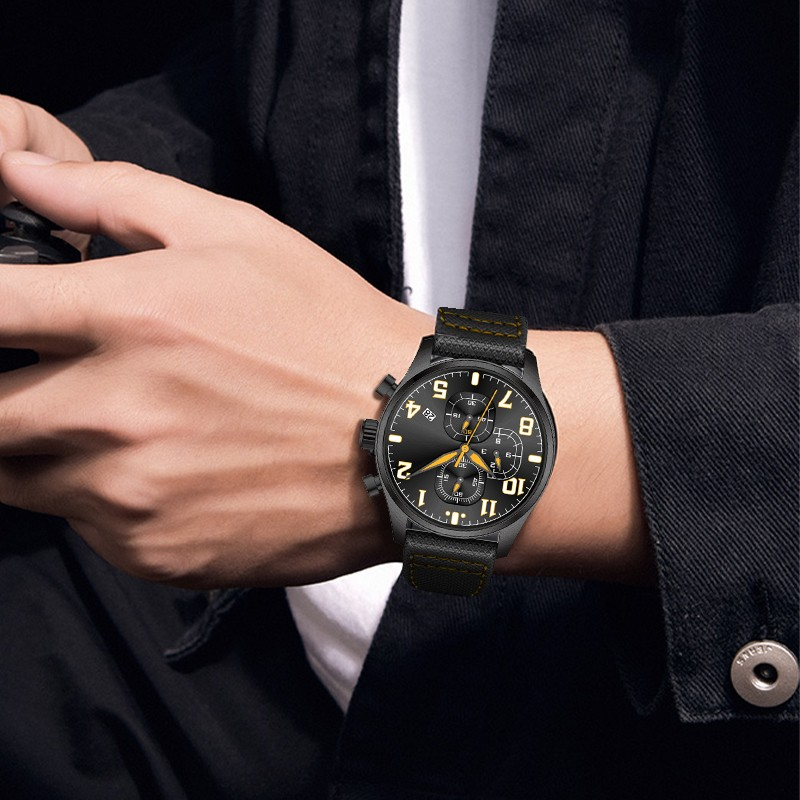 How Does a Seiko Stainless Steel Watch C
How Does a Seiko Stainless Steel Watch C
Super Time